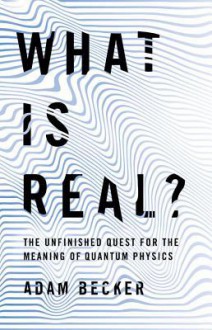
I was on a train the other week and I was sitting opposite Einstein who asked me if I would mind changing seats because he liked to see where he was going for a half a journey and then he liked to see where he had been for the other half of the journey and I told him I didn't mind changing seats and I asked him if he minded me asking him if he was dead and he said, "When?"
Why was the universe in such a low entropy initial condition? As many have pointed out, that might be even more unlikely than random macroscopic decreases in entropy. Also, if the universe had a low entropy initial condition, might it have a similar boundary condition at the other end? If so, then someday, entropy will start to decrease!
If you're into stuff like this, you can read the full review.

 Log in with Facebook
Log in with Facebook 









